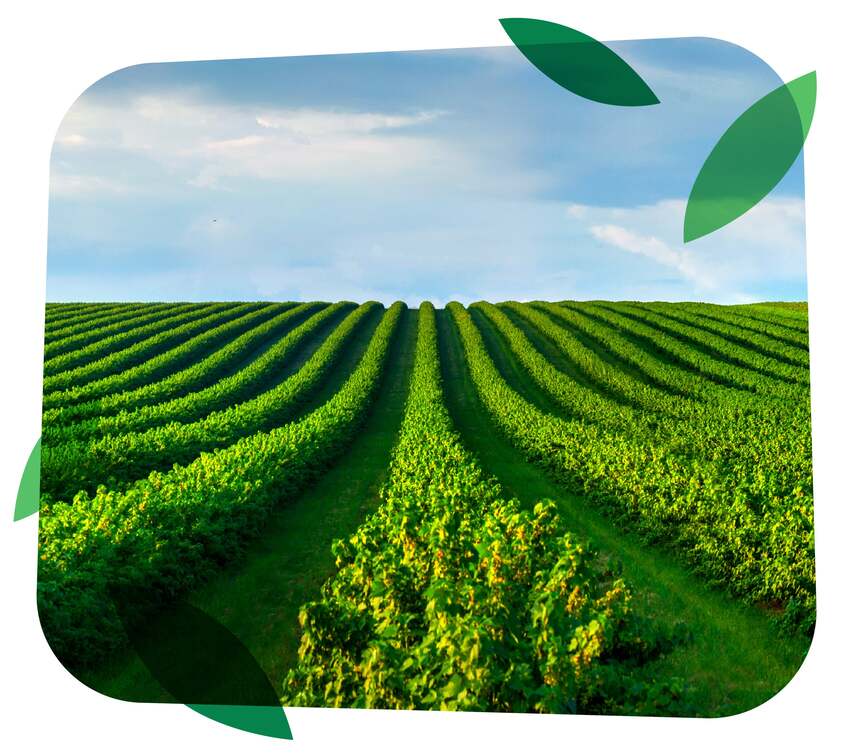The nutrition recommendations, using Haifa's fertilizers, also help to fight magnesium and iron deficiencies in gerbera
Growing conditions: Greenhouse
Plant density: Plants/Ha
Nutrition Recommendations
Fertigation:
Soil type: Clay
|
Growth stage |
Nutrients Demand (kg/day/ha) |
Fertilizers recommendations (kg/ha/day) |
||||
|---|---|---|---|---|---|---|
|
N |
P2O5 |
K2O |
AS |
|||
| Establishment |
1.5 |
0.75 |
1.5 |
3.2 |
1.2 |
5.4 |
| Vegetative development |
3 |
1 |
3 |
6.4 |
1.6 |
9.5 |
| Flower initiation - cutting |
3 |
1 |
4.5 |
9.5 |
1.6 |
8.75 |
Soil type: sandy
Proportional application (ppm in irrigation water)*
| Growth stage | Nutrients Demand (g/m3) | Fertilizers recommendations (g/m3) | ||||
|---|---|---|---|---|---|---|
|
N |
P2O5 |
K2O |
AS |
|||
| Establishment |
80 |
40 |
80 |
170 |
60 |
350 |
| Vegetative development |
150 |
65 |
150 |
330 |
110 |
660 |
| Flower initiation - cutting |
200 |
90 |
200 |
430 |
150 |
880 |
Multi-K = Potassium nitrate (13% Nitrogen, 46% K2O)
Haifa MAP = Mono-ammonium Phosphate (12% Nitrogen, 61% P2O5 )
AS = Ammonium sulfate (21-0-0)
* Based on irrigation rate of 20-30 m3/ha/day
Nutrition database for gerberas
| Parameter |
Concentration |
||||||||
|---|---|---|---|---|---|---|---|---|---|
|
Rockwool |
Rockwool (reuse drainage) |
Plant – dry matter (13-15%) |
|||||||
|
Nutrient Solution |
Root Environ. |
Nutrient Solution |
Root Environ. |
Guiding Range |
Deficient |
Excessive |
|||
| EC (mS/cm) |
1.7 |
2.2 |
1.1 |
2.2 | |||||
|
(mg/l) |
(mg/l) |
(%) |
|||||||
| NH4 |
27.0 |
9.0 |
13.5 |
9.0 |
|||||
| N- NH4 |
21.0 |
6.9 |
10.4 |
6.9 |
|||||
| K-sap |
0.59–0.74 |
||||||||
| K |
215.1 |
234.6 |
176.0 |
234.6 |
3.91–5.00 |
1.96 |
|||
| Ca |
120.3 |
200.5 |
64.2 |
200.5 |
1.00–2.41 |
|
|||
| Mg |
24.3 |
48.6 |
9.7 |
48.6 |
0.24–0.63 |
||||
| N, total |
2.52–4.90 |
||||||||
| NO3 |
697.5 |
806.0 |
449.5 |
806.0 |
|||||
| N- NO3 |
157.4 |
181.9 |
101.5 |
181.9 |
|||||
| S, total |
|
||||||||
| SO4 |
120.1 |
240.3 |
67.3 |
240.3 |
|||||
| P |
|
0.25-0.62 |
|||||||
| H2PO4 |
121.3 |
97.0 |
58.2 |
97.0 |
|||||
|
mg/Kg (ppm) |
|||||||||
| Fe |
1.955 |
2.234 |
1.396 |
2.234 |
55.9-111.7 |
> 558.5** |
|||
| Mn |
0.275 |
0.165 |
0.275 |
0.165 |
38.5-48.3 |
> 219.7* |
|||
| Zn |
0.262 |
0.327 |
0.196 |
0.327 |
32.7-52.3 |
||||
| B |
0.324 |
0.432 |
0.216 |
0.432 |
30.2-40.0 |
||||
| Cu |
0.048 |
0.064 |
0.032 |
0.064 |
3.8-12.7 |
||||
| Mo |
0.048 |
- |
0.048 |
- |
|||||
* Dependent on the cultivar
** In petals
Important note: The a/m database was prepared to fit Dutch conditions (low transpiration and low EC of the water). Considerable and proportional reduction in the concentration of the macronutrients should be required to offset for lower quality water prevailing in other conditions.
sources:
- N. Straver. Nutrient solutions for vegetables and flowers grown in water or substrates. 10th Ed. 1994.
- C. de Kreij, Sonneveld C., Warmenhoven M.G. and Straver N.A. Guide values for nutrient element contents of vegetables and flowers under glass. 3rd Ed. 1992.
Combating Mn & Fe deficiencies in Gerbera
Source: FlowerTech 1999, vol. 2/ no. 2, p.30.
A deficiency of nutrients such as manganese and iron can affect the size and other floral characteristic of the Gerbera.
Manganese deficiency leads to the younger leaves displaying interveinel chlorosis with small chlorotic patches.
With a severe deficiency, the patches spread and coalesce, resulting in chlorotic mottling. Subsequently the foliage turns yellow leaving the veins green.
Iron deficiency initially appears as chlorosis at the basal portion of the leaves and spreads towards the anterior leaf margin, showing yellow-green chlorotic mottling. The chlorotic areas turn brown and show necrosis.
To correct these deficiencies, a combined foliar spray of manganese sulphate and ferrous sulphate each at 200 mg/litre of water twice at an interval of 15 days over the foliage, during April-May will help to increase the size and number of flowers.




